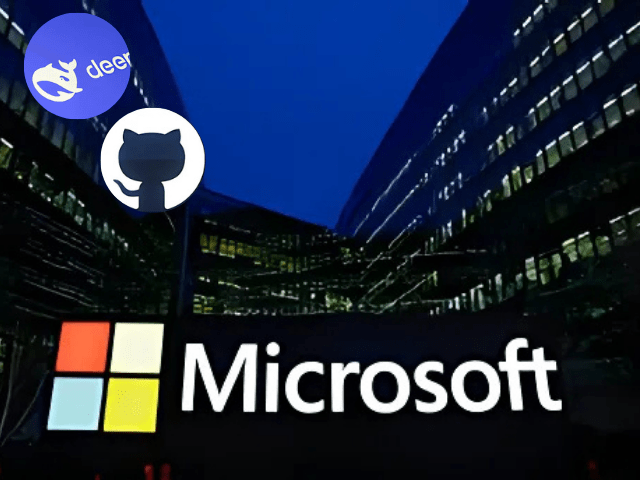Microsoft has recently announced the integration of DeepSeek’s R1 AI model into its Azure AI Foundry platform and GitHub repositories. This strategic move aims to provide developers with streamlined access to a cost-effective and efficient AI model, enhancing the development of advanced AI applications.
DeepSeek’s R1 AI Model: A Game-Changer in AI Development
DeepSeek, a Chinese AI startup founded in 2023, has garnered significant attention with its R1 model. The R1 model is distinguished by its ability to deliver performance comparable to leading AI models, such as OpenAI’s offerings, but at a fraction of the development cost. Notably, the R1 model was trained using approximately 2,000 Nvidia H800 chips, incurring an estimated cost of $5.6 million. In contrast, similar models from competitors often require investments exceeding $100 million.
Integration into Azure AI Foundry and GitHub
By incorporating the R1 model into Azure AI Foundry, Microsoft enables businesses and developers to seamlessly integrate advanced AI capabilities into their projects. Asha Sharma, Microsoft’s Corporate Vice President of AI Platform, emphasized that this integration allows for rapid experimentation and deployment of AI solutions, all within a trusted and scalable environment.
Additionally, the availability of R1 on GitHub provides developers with open-source access to the model, fostering collaboration and innovation within the AI community. This move aligns with Microsoft’s commitment to making AI more accessible and affordable for a broader range of users.
Implications for the AI Industry
The efficiency and cost-effectiveness of DeepSeek’s R1 model have significant implications for the AI industry. The model’s ability to achieve high performance without relying on the most advanced and expensive hardware challenges the prevailing investment strategies centered around high-end chip dependence. This development has led to a reevaluation of market dynamics, with companies like Nvidia experiencing notable declines in market value following R1’s success.
Ensuring Safety and Ethical Considerations
Microsoft has emphasized that the R1 model has undergone extensive safety evaluations, including automated reviews and red teaming, to mitigate potential risks prior to deployment. This rigorous approach ensures that the integration of R1 adheres to responsible AI practices, maintaining ethical standards in AI development.
Future Prospects
Looking ahead, Microsoft is developing a smaller, distilled version of the R1 model for Copilot Plus PCs. This initiative aims to enable users to run the model locally without relying on cloud resources, further enhancing accessibility and reducing operational costs. The continued evolution of the R1 model and its integration into Microsoft’s ecosystem signify a transformative shift in AI development, making advanced AI capabilities more attainable for a diverse range of users.
Frequently Asked Questions (FAQs)
1. What is DeepSeek’s R1 AI model?
DeepSeek’s R1 is an open-source AI model designed to deliver high performance in tasks such as reasoning, mathematical problem-solving, and logical inference. It stands out for its cost-effective development, requiring significantly fewer resources compared to similar models from competitors.
2. How does the integration of R1 into Azure AI Foundry benefit developers?
The integration provides developers with streamlined access to the R1 model within a trusted and scalable platform. This facilitates rapid experimentation, development, and deployment of AI applications, reducing time-to-market and lowering development costs.
3. What are the implications of R1’s cost-effectiveness for the AI industry?
R1’s ability to achieve high performance without relying on expensive hardware challenges existing investment strategies in AI development. This has led to a reevaluation of market dynamics, particularly concerning companies that produce high-end chips traditionally deemed essential for AI training.
4. How has Microsoft addressed safety and ethical considerations with the R1 model?
Microsoft has conducted extensive safety evaluations of the R1 model, including automated reviews and red teaming exercises, to identify and mitigate potential risks. This ensures that the deployment of R1 aligns with responsible AI practices and ethical standards.
5. What future developments are planned for the R1 model?
Microsoft is working on a smaller, distilled version of the R1 model for Copilot Plus PCs. This development aims to allow users to run the model locally, eliminating the need for cloud resources and further enhancing accessibility and cost-effectiveness.



